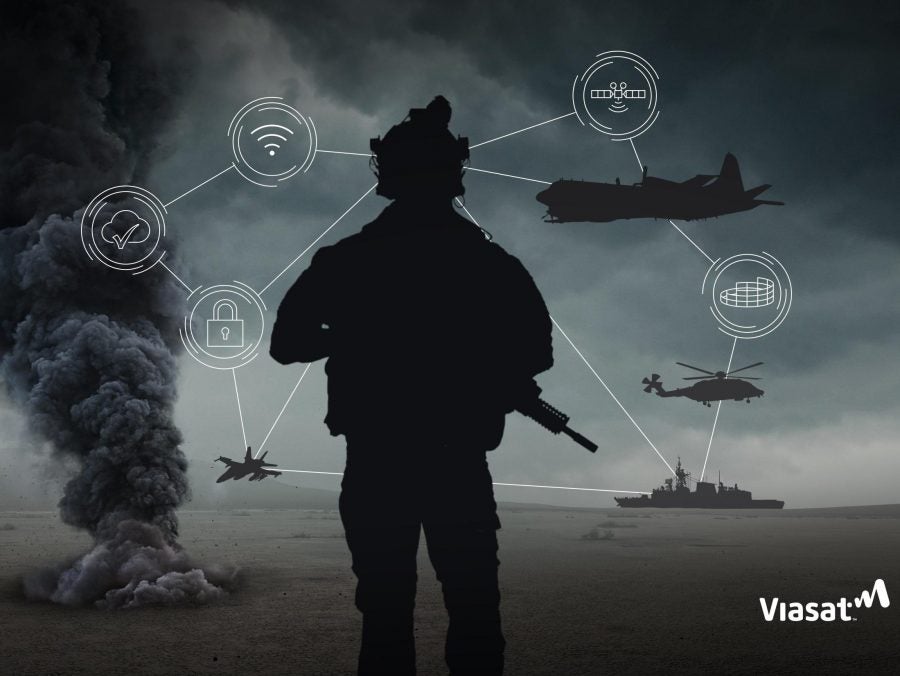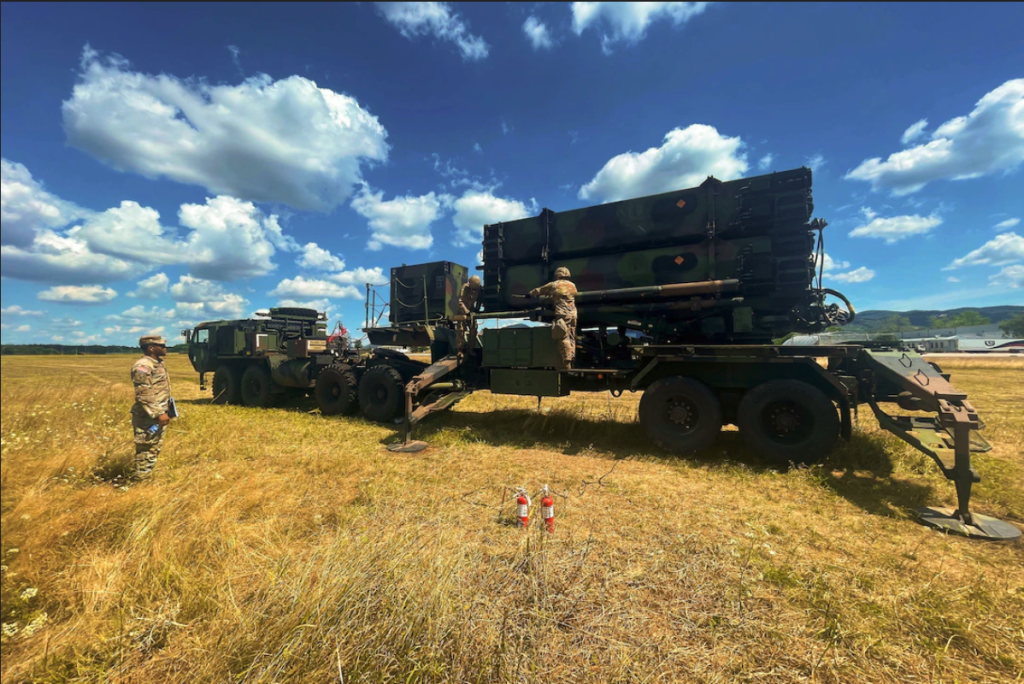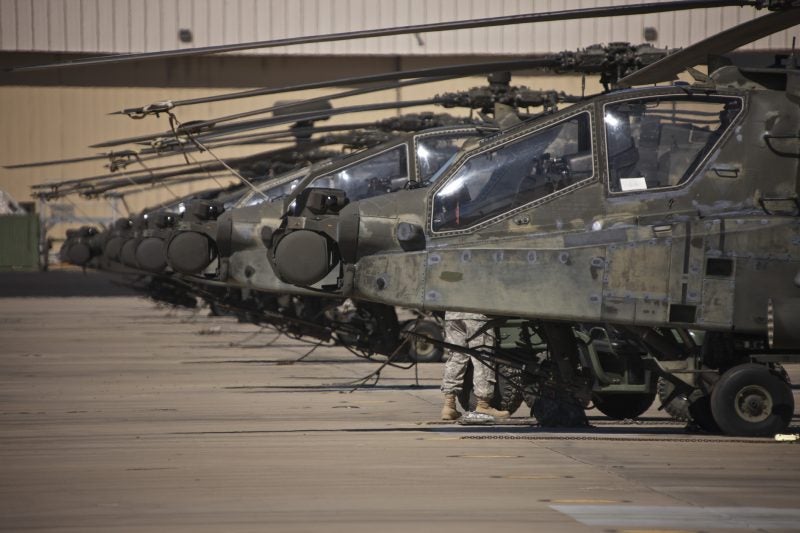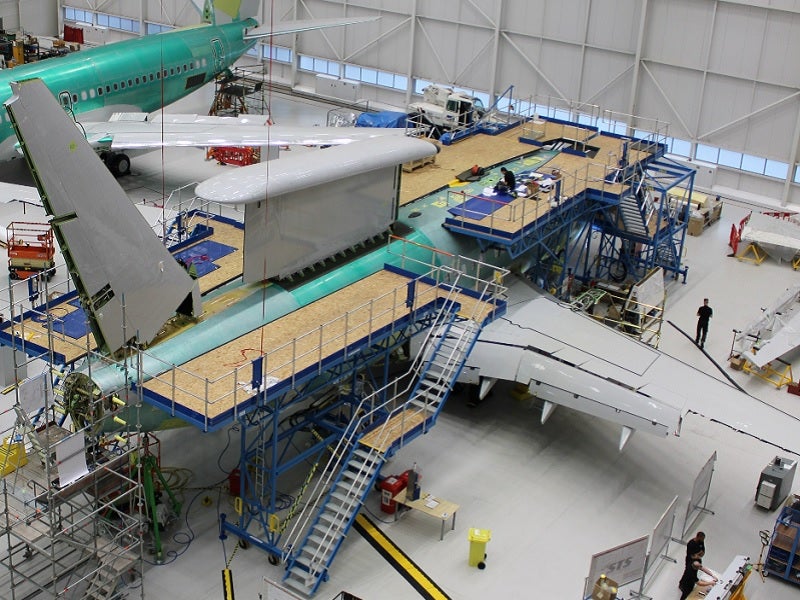
ViaSat’s work is not primarily in the defence sector, but the company is employing innovations developed for the private sector across the US Armed Forces. While its technology covers everything from satellites and cyber security to tactical data links and communications, some of its more innovative work is on niche products adapting private sector standards into defence equipment.
In-flight Wi-Fi isn’t just for movies
Inflight Wi-Fi is a common feature on commercial flights by now, but military aviation is lagging behind in this area. Imagine boarding a Marine Corps V-22 Osprey: you’ve had your briefing and know everything about your target when you take off, but during the flight you are cut off from data, have no picture of the ground and are expected to jump out the back doors and complete your mission on arrival. How can commercial airliners have access to continuous in-air broadband, but military aircraft don’t?
Viasat president Ken Peterman explains how the idea of adopting this private sector standard into defence equipment came about through communicating with troops. “We had a young Marine who came forward and said: ‘Listen, if you can bring in-flight broadband connectivity to United AirLines, or Virgin aircraft, why can’t you bring it to my V-22?’”.
Peterman explains how the Marine told him the scariest part of a mission was the moment when the Osprey’s doors opened and he didn’t know what to expect. “When I ran out of that aircraft,” the Marine reportedly said, “I did not know what the next ten seconds were going to be like, and the only thing I knew for sure was the situation was a hell of a lot different than four hours ago when I took off.”
Inspired by the notion that a service that brings entertainment and convenience to customers on commercial flights should also be available as a potentially life-saving capability on military flights, Viasat embarked on a project to bring exactly that capability to the US military. The company is outfitting aircraft with the equipment needed to connect them mid-flight, giving them access to constant data up and down links, live feeds of news networks. It enables personnel to hold video conferences with their commanders en-route to a location, and support teams in other aircraft.
While such services are considered standard in the commercial sector, the have been revelation in the defence world. Viasat says within 30 days of receiving in-flight broadband, the military was praising the technology as ‘game-changing’.

Improved connectivity enables operators on the ground to better communicate with fighter jet pilots. Image: Viasat
Bringing close air support into the 21st century
Close air support is both a vital and dangerous endeavour, alleviating immediate threats to boots on the ground but also putting them in harm’s way due to the inherit inaccuracy of radioing in an air strike.
Since the inception of the practice, the way it works has seen little change: radio operators describe a target, often marking it with smoke and pilots do their best to hit it. With so many unknown factors for a pilot entering a space filled with friendlies and enemies in a cocktail of fire, unfortunately fratricide is all too common.
The need to reduce this risk of friendly fire inspired Viasat to build a solution. Peterman explains: “Our veterans and our technologists got together to mourn a friendly fire incident that happened in June 2014. On a back of a napkin, over a beer, they sketched up the architecture to prevent this from happening again.”
What Viasat designed was a means of allowing the tactical controller on the ground to paint a map with friendlies, enemies, and buildings to provide an accurate picture of the battlefield which could then be transmitted to a pilot’s heads-up-display and help them use their weapons with better accuracy.
The air-ground link already existed between pilot and dismounted soldier; Viasat’s aim was to take the accuracy of the system to a more survivable level. Using a handheld radio the solution allows a single soldier to directly communicate with the pilot of a fighter jet, cutting through the battlefield chatter. Viasat says by calling in close air support via its joint terminal attack controllers, the efficiency of air strikes is dramatically increased and the risks of blue-on-fire plummet. According to Viasat it’s a solution the military did actively seek out until the company built it.
Developing these solutions, however, means nothing without establishing a relationship between private sector and the military, as Beeching explains. “Only when we have that truly trusted industry – defence collaboration, do you actually have really honest conversations, because you’re not criticising set process. Then you’re at the Nirvana that starts to deliver things that nobody else can”.

Viasat aims to bring private-sector connectivity standards to the military. Image: Viasat
Bridging the private-defence divide
Building this relationship is of critical importance, says Beeching, in order to continue bringing private sector innovation into the defence sector.
In the private sector, he says, there is a prevalent culture of not just developing new technology to replace old systems, but rather looking at how the development process itself can be changed for the better. In the defence industry, with its notoriously long acquisition programmes, this has yet to become the new normal, although Beeching adds that the UK Ministry of Defence appears to be moving towards a more flexible approach to acquisition.
Echoing this, Peterman uses the moon landing as an example of the progress the US Government has made in modernising its acquisition process. Whereas with Apollo 11, he explains, NASA “broke the problem down, and probably let 10,000 contracts out to invent everything from aluminium foil, to the fuel tank, and powdered breakfast drink” and then pieced the rocket shaped jigsaw together. Now the safest, easiest and cheapest way for such a mission is to “issue a one page statement of objective” for the technology required and then let industry handle the rest.
Rather than breaking equipment development down into contracts for individual components, defence departments are increasingly realising that a quicker and more efficient way to develop new equipment may be to present the problem as a whole and let industry work out a full solution. In this regard, military procurement can certainly learn a thing or two from the private sector.




